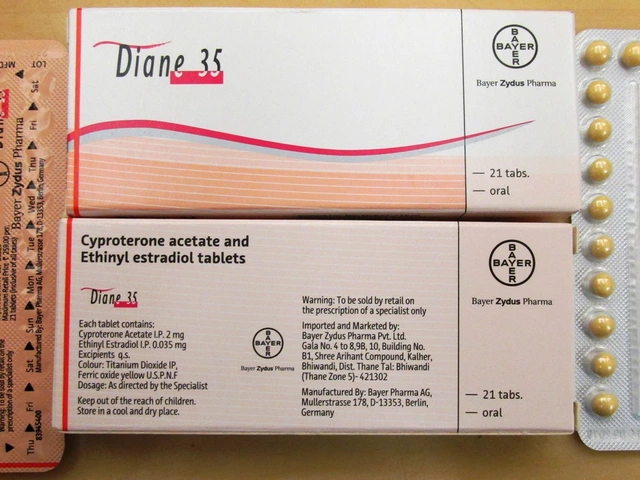What Is COPD and Why It Matters
If you've heard the term COPD but aren't sure what it means, you're not alone. COPD stands for chronic obstructive pulmonary disease, a long‑term lung condition that makes breathing harder over time. It usually shows up in people who smoke or have been exposed to dust, chemicals, or air pollution for years. The lungs lose elasticity, airways narrow, and mucus builds up, so even simple activities like climbing stairs can feel exhausting.
Spotting the Most Common Symptoms
The first clue that something's off is a persistent cough that won't quit. Many folks think it's just a cold, but with COPD it often comes with phlegm and lasts for months. Shortness of breath, especially during physical effort, is another red flag. You might notice wheezing—a whistling sound when you breathe—or a tight feeling in your chest.
Watch out for frequent lung infections like bronchitis or pneumonia. These can flare up COPD symptoms and make the disease progress faster. If any of these signs keep coming back, it’s worth chatting with a doctor early.
Treatment Options That Actually Help
The good news is that COPD isn’t hopeless. Doctors use a mix of medicines, lifestyle changes, and sometimes procedures to slow the decline and improve daily comfort.
Bronchodilators are inhalers that relax airway muscles, letting air flow more easily. Short‑acting versions help during sudden breathlessness, while long‑acting ones keep symptoms under control all day.
Inhaled steroids reduce inflammation inside the lungs and can lower flare‑up frequency. Some patients need a combination inhaler that includes both a bronchodilator and a steroid.
If you have frequent exacerbations, your doctor might suggest pulmonary rehabilitation. This program mixes breathing exercises, education, and light fitness to boost lung function and stamina.
In severe cases, procedures like lung volume reduction surgery or even a transplant may be considered, but those are usually last‑resort options after other treatments have been tried.
Beyond meds, quitting smoking is the single most powerful step you can take. Even if you’ve smoked for years, stopping now slows damage and improves how well your lungs respond to treatment. Use nicotine patches, gum, or prescription aids if you need help.
Staying active matters too. Light activities like walking, cycling on a stationary bike, or gentle yoga keep the muscles that help breathing strong. Start slow—just five minutes a day—and gradually increase as you feel better.
Nutrition plays a role as well. A balanced diet with plenty of fruits, vegetables, and lean protein supports overall health and helps maintain a healthy weight. Being overweight can make breathing harder, while being underweight may weaken muscles needed for respiration.
Finally, keep an eye on your environment. Use air purifiers indoors, avoid heavy traffic or dusty work sites, and wear masks when exposure to irritants is unavoidable.
Living with COPD takes planning, but the right mix of medication, lifestyle tweaks, and regular doctor visits can make a big difference. If you notice new symptoms or your current plan isn’t working, reach out to a healthcare professional—early adjustments often prevent bigger problems down the road.




